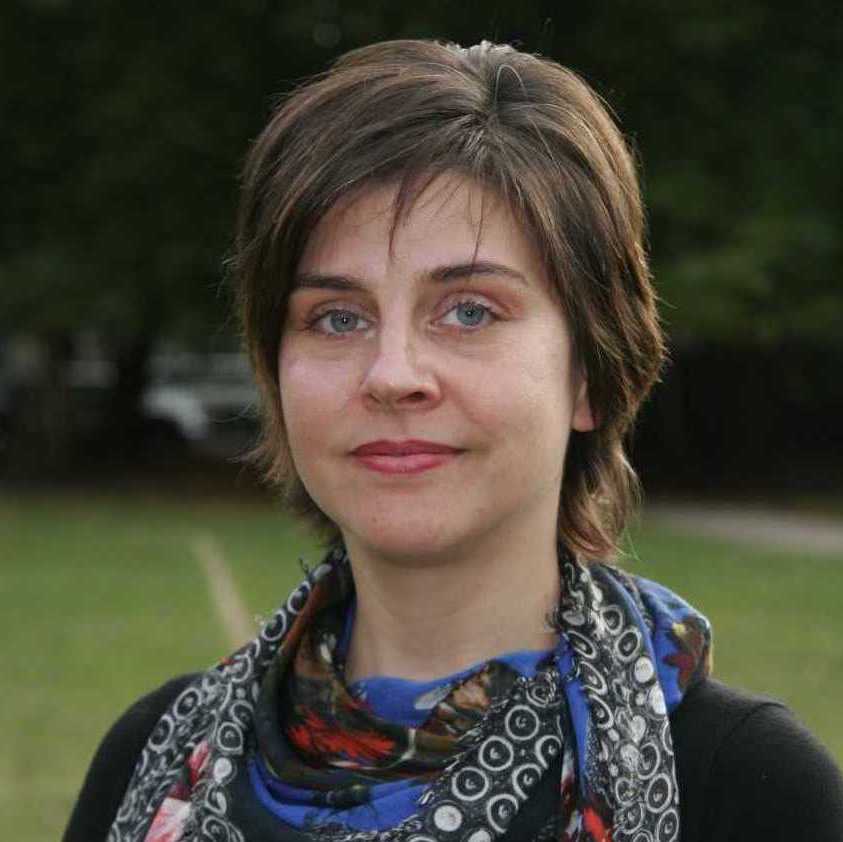Dr. Nicola Ternette studied Physics and Biochemistry at the Universities of Rheinische Friedrich-Wilhelms-Universität Bonn, Ernst-Moritz-Arndt-Universität Greifswald, and Ruhr-Universität Bochum, Germany from 1997-2003.
She was awarded her PhD in 2007 from the Ruhr-Universität Bochum, Germany, on her work on the development of DNA vaccines for prevention of respiratory syncytial virus (RSV) infection. Her thesis identified the mechanisms for previously observed ineffectiveness of DNA vaccination utilising expression of RNA virus antigens (1) and suggested an alternative functional approach for the development of DNA vaccines for use in RSV vaccination strategies (2).
After her PhD, Dr. Ternette was keen to pursue a post-doctoral research project abroad, and she joined the team of Professor Benedikt Kessler’s group at the University of Oxford in 2008 with fellowships from the German Academic Exchange Service (DAAD) and the German Research Foundation (DFG). During her postdoctoral time, she concentrated on applying nanoflow ultra-performance liquid chromatography tandem mass spectrometry (nUPLC-MS) to understand modulation of cellular pathways in viral infection (3) and cancer (4-7).
Dr. Ternette then specialised in the sequencing of MHC-associated peptidomes using nUPLC-MS for its application as antigen discovery strategy for the development of T cell vaccines in viral infection (8). In 2014, she was awarded the Nuffield Department of Medicine Leadership Fellowship. Her group has now expanded their expertise to deep sequencing of immunopeptidomes in multiple pathogen infection models, analysis of the antigenic landscape of solid tumours, and haematological cancers and characterisation of antigens involved in autoimmune diseases (9-11).
Dr. Ternette’s team was the first to use heavy labelled amino acids in cell culture (SILAC) to demonstrate that peptides processed from incoming protein material during viral infection can be presented directly on MHC molecules without the need for neosynthesis of the antigen in the infected cell (12). Furthermore, her team was the first to detect viral MHC-associated peptides presented on primary cells infected with HIV-1 (8).
Her group is now developing strategies to integrate genome and transcriptome sequencing data for the analysis of patent-specific immunopeptidomes that allows identification of neoantigens for the development of personalised therapeutic vaccines. Furthermore, her group has the capability of identifying peptide sequences independently from protein databases, allowing the discovery of not only mutated antigens but also, e.g. spliced peptide sequences that could act as neoantigens in a tumour environment.
References:
- Ternette N, Stefanou D, Kuate S, Uberla K, Grunwald T. Expression of RNA virus proteins by RNA polymerase II dependent expression plasmids is hindered at multiple steps. Virol J. 2007 Jun 5;4:51.
- Ternette N, Tippler B, Uberla K, Grunwald T. Immunogenicity and efficacy of codon optimized DNA vaccines encoding the F-protein of respiratory syncytial virus. Vaccine. 2007 Oct 10;25(41):7271-9.
- Ternette N, Wright C, Kramer HB, Altun M, Kessler BM. Label-free quantitative proteomics reveals regulation of interferon-induced protein with tetratricopeptide repeats 3 (IFIT3) and 5′-3′-exoribonuclease 2 (XRN2) during respiratory syncytial virus infection. Virol J. 2011 Sep 20;8(1):442.
- Bardella C, El-Bahrawy M, Frizzell N, Adam J, Ternette N,…, Kessler B, Baynes JW, Ratcliffe PJ, Tomlinson IP, Pollard PJ. Aberrant succination of proteins in fumarate hydratase-deficient mice and HLRCC patients is a robust biomarker of mutation status. J Pathol. 2011 Sep;225(1):4-11.
- Ternette N, Yang M, Laroyia M, Kitagawa M, O’Flaherty L, Wolhulter K, Igarashi K,…, Frizzell N, Soga T, Adam J, Pollard PJ. Inhibition of Mitochondrial Aconitase by Succination In Fumarate Hydratase Deficiency. Cell Reports. 2013 Mar 28;3(3):689-700.
- Adam J, Hatipoglu E*, O’Flaherty L*, Ternette N*,…, Frizzell N, Soga T, Kessler BM, El-Bahrawy M, Ratcliffe PJ, Pollard PJ. Renal cyst formation in Fh1-deficient mice is independent of the Hif/Phd pathway: roles for fumarate in KEAP1 succination and Nrf2 signaling. Cancer Cell. 2011 Oct 18;20(4):524-37.
- Yang M, Ternette N, Su H, Dabiri R, Kessler BM, Adam J, Teh BT, Pollard PJ. The Succinated Proteome of FH-Mutant Tumours. Metabolites. 2014 Aug 7;4(3):640-54.
- Ternette N*, Yang H*, Partridge T, Llano A, Cedeño S, Fischer R,…, Dorrell L, Brander C, Kessler BM, Hanke T. Defining the HLA Class I-Associated Viral Antigen Repertoire from HIV-1-Infected Cells. European Journal of Immunology. 2016 Jan;46(1):60-9.
- Caron E, Espona L, Kowalewski DJ, Schuster H, Ternette N,…, Moritz RL, Purcell AW, Rammensee HG, Stevanovic S, Aebersold R. An open-source computational and data resource to analyze digital maps of immunopeptidomes. eLife. 2015 Jul 8;4.
- Ternette, N, et al. Immunopeptidomic Profiling of HLA-A2-Positive Triple Negative Breast Cancer Identifies Potential Immunotherapy Target Antigens. Proteomics, e1700465.
- Partridge, T., et al. Discrimination Between Human Leukocyte Antigen Class-I Bound and Co-Purified HIV-Derived Peptides in Immunopeptidomics Workflows. Front Immunol. 9, 912.
- Ternette N, Block P, Sánchez Bernabéu Á, Borthwick N, Pappalardo E, Abdul-Jawada, S, Ondondo, Charles PD, Dorrell L, Kessler BM, Hanke T. Early kinetics of HLA class I-associated peptidome of MVA.HIVconsv-infected cells. J Virol. 2015 Jun;89(11):5760-71.
